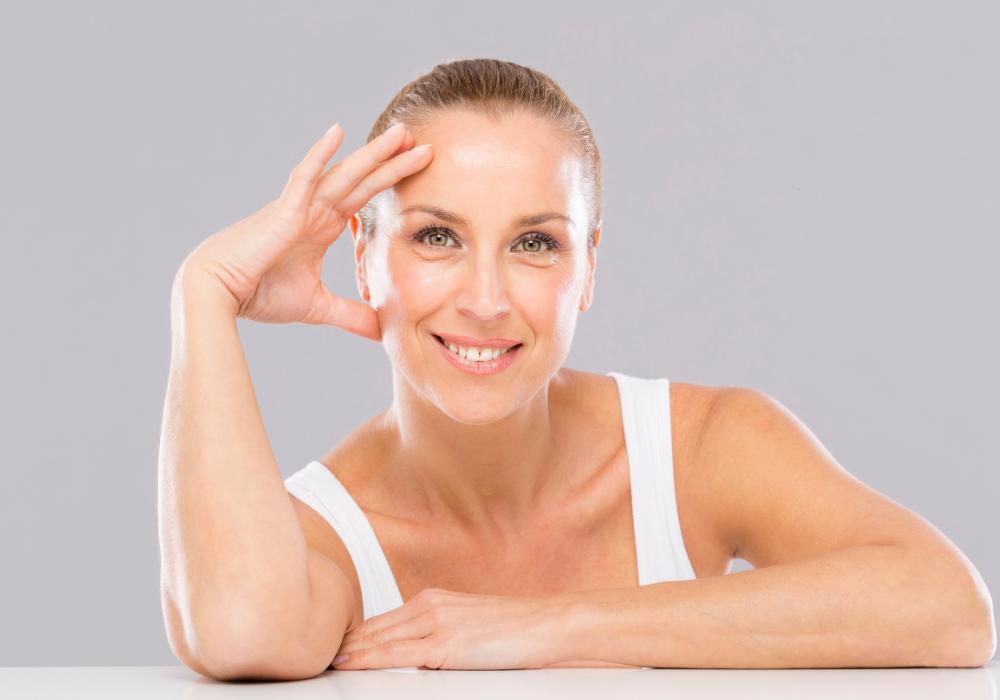Honey isn’t just a pantry essential—it’s one of nature’s oldest beauty secrets. For centuries, it’s been used to treat wounds, soften skin, and even preserve youth. Today, modern research backs what ancient cultures already knew: honey is a skincare powerhouse that hydrates, heals, and helps fight signs of aging.
This guide breaks down how honey works, how to use it effectively, and what science says about its long-term impact on skin health.
Why Honey Deserves a Place in Your Skincare Routine
Honey is packed with antioxidants, amino acids, vitamins, and enzymes that do far more than moisturise. Its humectant nature means it draws water into the skin, while its antibacterial and anti-inflammatory properties calm and protect the barrier. These benefits make it ideal for mature, dry, sensitive, or acne-prone skin types.
A 2020 review in the Journal of Cosmetic Dermatology confirmed honey’s ability to boost tissue regeneration, reduce oxidative stress, and enhance wound healing. Combined, these effects make it one of the most effective natural ingredients for supporting youthful skin.
Disclaimer: This article is for general informational and educational purposes only. It’s not a substitute for professional medical advice, diagnosis, or treatment. Always consult a qualified healthcare provider or dermatologist for any skin concerns, medical conditions, or before starting any new skincare routine or home remedies, especially if you have pre-existing allergies or sensitivities. Individual results may vary.
Key Benefits of Honey for Aging Skin
1. Deep, Lasting Hydration
When skin lacks moisture, fine lines and dullness become more noticeable. Honey draws moisture into the skin and helps lock it in—resulting in a plumper, more hydrated appearance. It also improves skin elasticity over time, which is key to maintaining a youthful look.
2. Fights Free Radical Damage
Antioxidants in honey—like flavonoids and phenolic acids—neutralise harmful free radicals that accelerate aging. Consistent use helps slow the development of wrinkles and uneven texture caused by pollution, sun exposure, and stress.
3. Supports Collagen Maintenance
While honey doesn’t directly produce collagen, its antioxidant protection helps preserve collagen fibres and reduce collagen breakdown caused by UV rays and environmental stressors.
4. Soothes and Repairs the Skin Barrier
Chronic low-grade inflammation is a major driver of premature aging. Honey’s anti-inflammatory compounds calm redness and irritation while encouraging skin to repair itself. That’s especially helpful for skin that’s been over-exfoliated, sun-damaged, or sensitised.
3 Easy Ways to Use Honey in Your Skincare Routine
1. Raw Honey Hydration Mask
Best for: Dry, dull, or aging skin
Ingredients:
- 1 tbsp raw honey
- 1 tsp lemon juice (optional, for brightening)
How to Use:
- Mix and apply to clean skin.
- Leave on for 15–20 minutes.
- Rinse off with lukewarm water.
Why it works: Honey hydrates and soothes, while lemon gently exfoliates for a brighter glow. Always patch test lemon juice if you have sensitive skin.
2. Honey & Oatmeal Exfoliating Scrub
Best for: Sensitive or flaky skin
Ingredients:
- 1 tbsp raw honey
- 1 tbsp finely ground oats
How to Use:
- Gently massage into damp skin in circular motions.
- Rinse after 2 minutes.
- Use once or twice weekly.
Why it works: This scrub removes dead skin without damaging your barrier—ideal for mature or sensitive skin types that need gentle exfoliation.
3. Yogurt & Honey Anti-Aging Mask
Best for: Tired, uneven skin tone
Ingredients:
- 1 tbsp raw honey
- 1 tbsp plain yogurt
How to Use:
- Apply an even layer on clean skin.
- Leave for 15–20 minutes.
- Rinse thoroughly.
Why it works: Yogurt’s lactic acid gently exfoliates while honey hydrates. It also helps improve skin texture and softens fine lines over time.
Choosing the Right Honey for Skin
Not all honey is created equal. For skincare purposes:
✅ Choose Raw or Unfiltered Honey
It retains all the enzymes and beneficial nutrients that get lost in pasteurisation.
✅ Try Manuka Honey for Acne or Inflammation
Known for its antibacterial potency (due to high methylglyoxal content), Manuka honey is ideal for acne-prone or reactive skin.
✅ Avoid Flavoured or Processed Honey
Flavoured or blended honeys often contain added sugars and syrups, which offer zero skincare benefits.
Expert-Approved Product Suggestion
If you’re curious about honey-based products, you might like the Honey-Infused Hair Wash from Gisou, which blends the nourishing power of honey with gentle cleansing for healthy, hydrated strands.
Disclosure: This is an affiliate link. We may earn a small commission at no extra cost to you if you purchase through it.
What Science Says
- A clinical review in the International Journal of Molecular Sciences states that honey improves skin elasticity and supports tissue regeneration through its unique antioxidant and antibacterial compounds.
- Another peer-reviewed study found that regular topical use of honey improved skin smoothness and reduced the appearance of wrinkles after 8 weeks.
A Personal Note
I first tried a honey mask during a harsh winter when my skin was dry, patchy, and dull. Mixing it with yogurt turned out to be a game-changer—it instantly softened my skin and gave it a radiant boost. Since then, I’ve incorporated honey masks twice a week, especially after using retinol or exfoliants. It balances everything out.
Bonus Tips to Maximise Results
- Always apply honey to clean skin to allow better absorption.
- Use it in the evening—especially when combining with active ingredients like lemon or yogurt.
- Pair with a hydrating toner post-treatment for even better moisture retention.
- Don’t use honey if you’re allergic to pollen or bee products.
Conclusion
Honey offers a gentle yet effective solution to combat visible signs of aging. From hydration and healing to antioxidant defense, this natural multitasker supports healthier, younger-looking skin without harsh chemicals. Whether you use it alone or pair it with pantry staples like oats or yogurt, adding honey to your routine is a skin-loving step worth taking.

